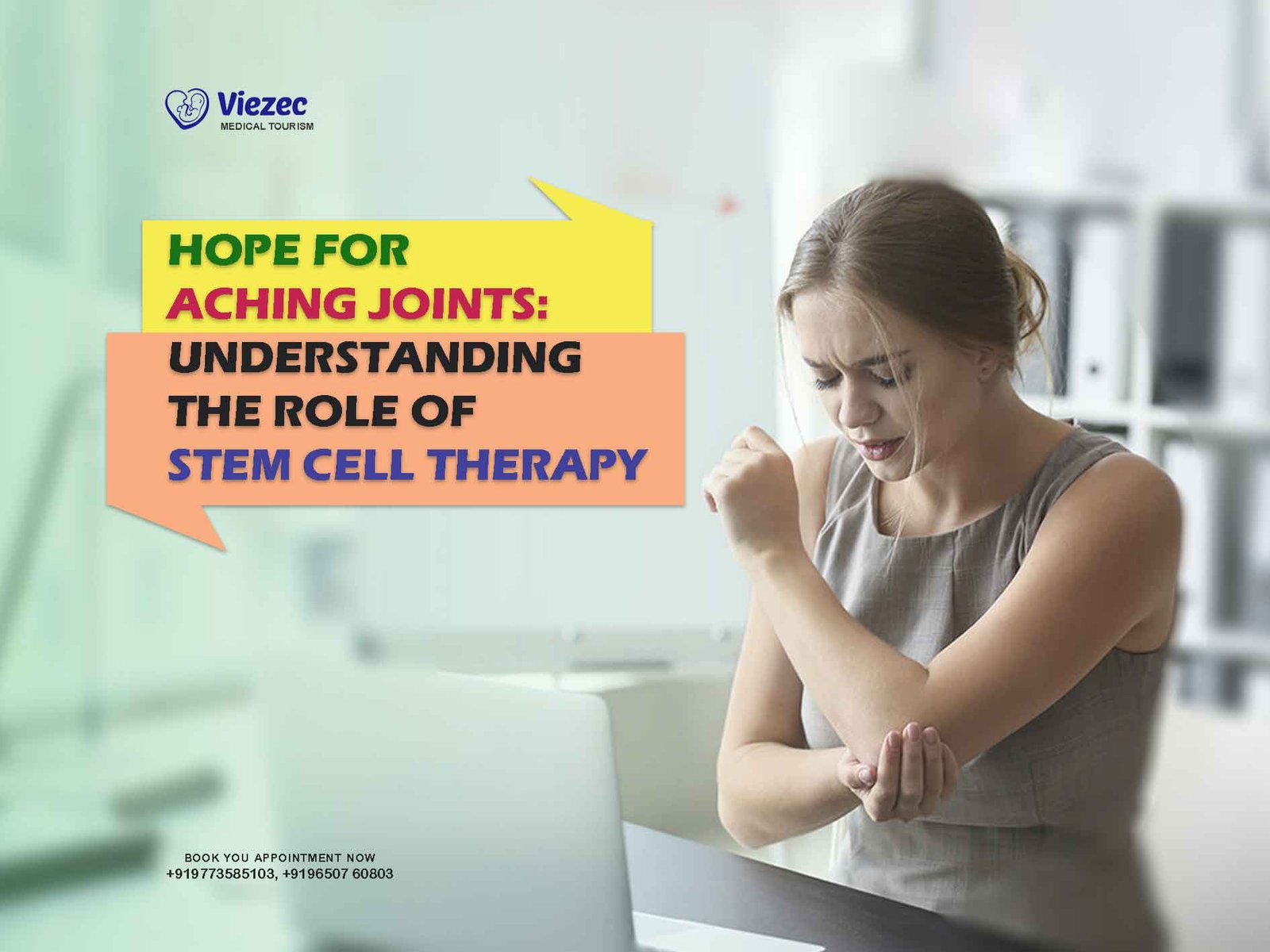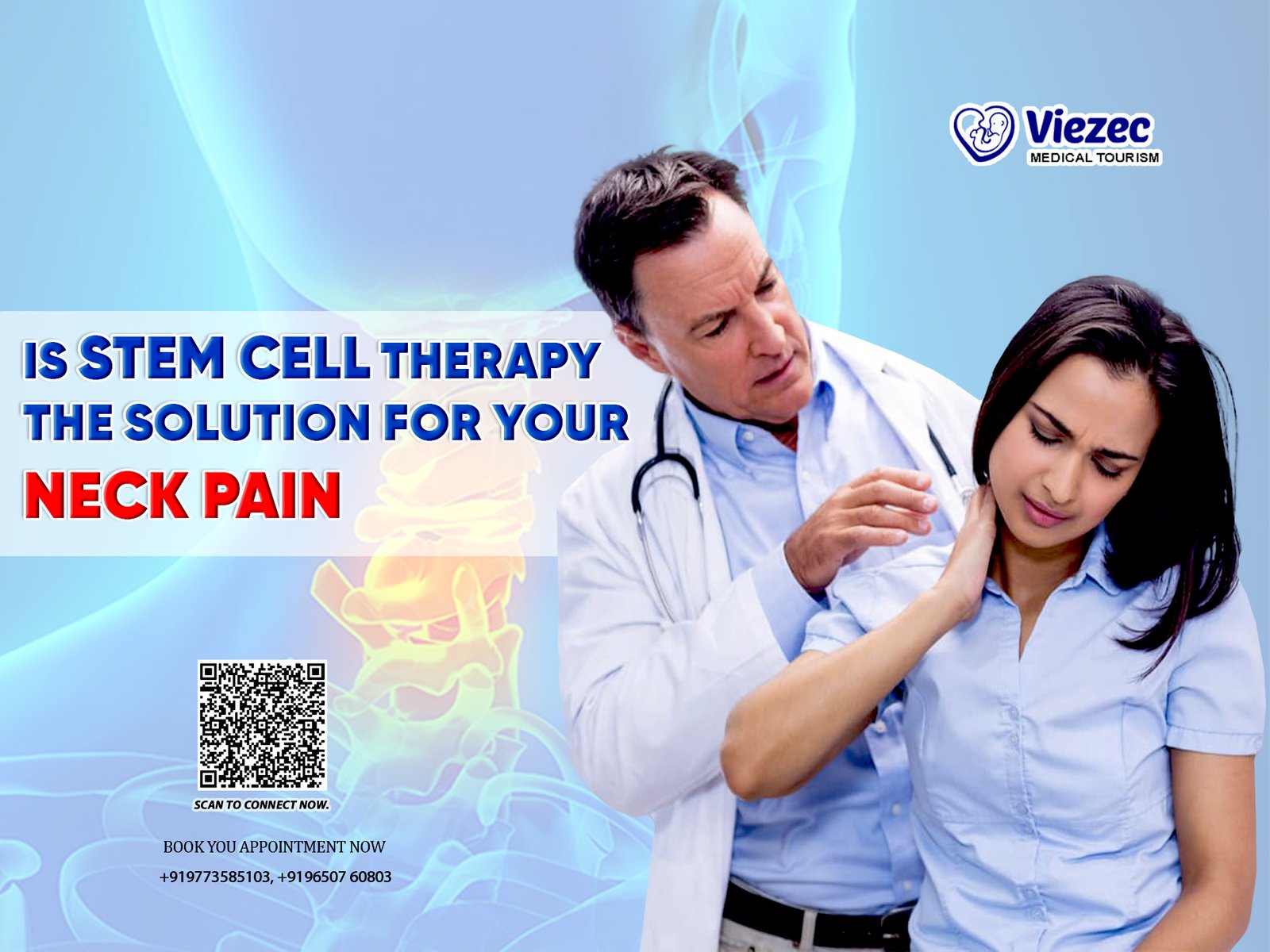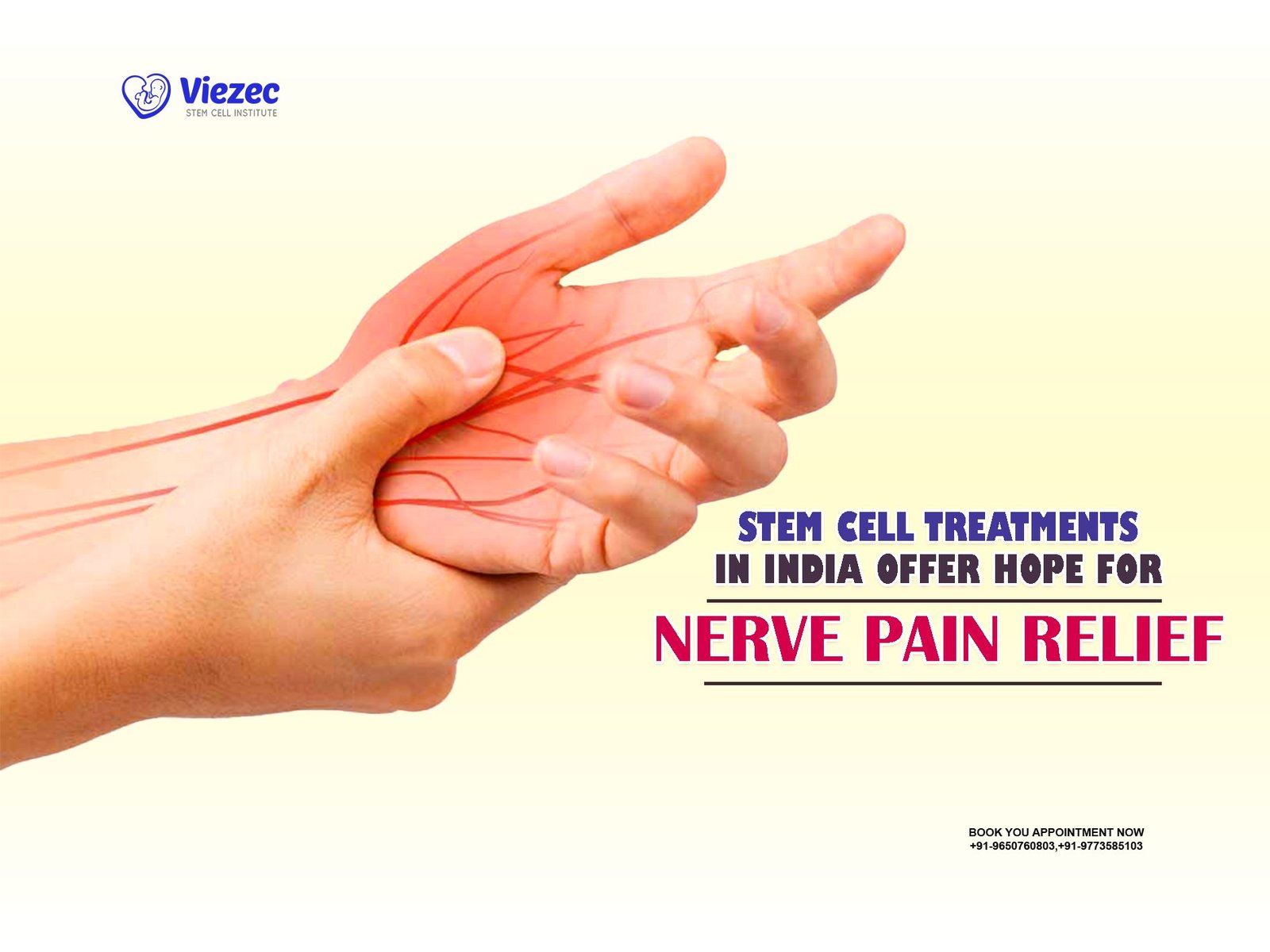In the realm of medical advancements, the emergence of stem cell therapy has sparked considerable interest, particularly in the field of orthopedics. For those suffering from debilitating aching joints pain, whether due to injury, arthritis, or other degenerative conditions, traditional treatments often provide limited relief and may necessitate invasive procedures such as joint replacement surgery. However, stem cell therapy offers a promising alternative by harnessing the regenerative potential of stem cells to repair damaged tissue and alleviate symptoms. We will delve into the science behind stem cell therapy, explore its applications in treating joint conditions, and evaluate its efficacy and safety.
Understanding Stem Cells
What are Stem Cells?
Stem cells are undifferentiated cells with the remarkable ability to develop into various specialized cell types within the body. They serve as the building blocks for all tissues and organs, playing a crucial role in growth, repair, and regeneration throughout life. Stem cells can be broadly categorized into two types: embryonic stem cells and adult stem cells.
Embryonic Stem Cells
Embryonic stem cells are derived from the inner cell mass of early-stage embryos. These cells are pluripotent, meaning they have the capacity to differentiate into any cell type in the body. Due to their versatility, embryonic stem cells hold tremendous potential for regenerative medicine applications, but their use is ethically contentious and heavily regulated.
Adult Stem Cells
Adult stem cells, also known as somatic or tissue-specific stem cells, are found in various tissues and organs throughout the body. Unlike embryonic stem cells, adult stem cells are multipotent or sometimes oligopotent, meaning they can differentiate into a limited range of cell types related to their tissue of origin. Adult stem cells play a crucial role in tissue homeostasis and repair, serving as a natural reservoir for replenishing damaged or aging cells.
Mechanisms of Action
Stem cell therapy harnesses the regenerative properties of stem cells to promote tissue repair and regeneration. The mechanisms underlying the therapeutic effects of stem cells are multifaceted and may include:
- Cell Replacement: Stem cells can differentiate into specialized cell types to replace damaged or dysfunctional cells within the affected tissue.
- Paracrine Signaling: Stem cells secrete bioactive molecules such as growth factors, cytokines, and extracellular vesicles, which exert anti-inflammatory, immunomodulatory, and tissue-repairing effects.
- Stimulation of Endogenous Repair: Stem cells can activate endogenous repair processes within the body, enhancing tissue regeneration and healing.
- Modulation of Immune Response: Stem cells possess immunomodulatory properties, regulating the immune response to reduce inflammation and promote tissue healing.
- Angiogenesis: Stem cells promote the formation of new blood vessels (angiogenesis) to improve blood flow and oxygen delivery to damaged tissues, facilitating repair.
Stem Cell Therapy for Joint Conditions
Osteoarthritis
Osteoarthritis (OA) is the most common form of arthritis, characterized by the progressive degeneration of joint cartilage, accompanied by changes in the underlying bone and surrounding tissues. It leads to pain, stiffness, swelling, and impaired joint function, significantly impacting the quality of life. Conventional treatments for osteoarthritis aim to alleviate symptoms and improve joint function but do not address the underlying cause or promote tissue regeneration.
Role of Stem Cell Therapy
Stem cell therapy holds great promise for the treatment of osteoarthritis by targeting the underlying pathology and promoting cartilage repair. Mesenchymal stem cells (MSCs), a type of adult stem cell found in various tissues such as bone marrow, adipose tissue, and umbilical cord blood, are commonly used in osteoarthritis treatment due to their regenerative and immunomodulatory properties.
Intra-articular Injection
One of the most common approaches involves the direct injection of MSCs into the affected joint (intra-articular injection). The MSCs home to the damaged tissue, where they exert their regenerative effects, promoting cartilage repair and reducing inflammation. Clinical studies have demonstrated the potential of intra-articular MSC injections to improve pain, function, and joint structure in patients with osteoarthritis.
Scaffold-Based Delivery
Another strategy involves the use of scaffolds or matrices to deliver stem cells to the damaged joint tissue. These scaffolds provide a supportive environment for cell attachment, proliferation, and differentiation, enhancing the efficacy of stem cell therapy. Combining MSCs with biomaterial scaffolds has shown promising results in preclinical studies for cartilage regeneration in osteoarthritis.
Rheumatoid Arthritis
Rheumatoid arthritis (RA) is an autoimmune disease characterized by chronic inflammation of the synovial membrane, leading to joint pain, swelling, stiffness, and progressive damage to cartilage and bone. Current treatments for rheumatoid arthritis focus on managing inflammation and slowing disease progression through immunosuppressive medications and biologic agents. However, these therapies may not be effective for all patients and can have adverse effects.
Potential of Stem Cell Therapy
Stem cell therapy offers a novel approach to rheumatoid arthritis treatment by modulating the immune response, promoting tissue repair, and potentially inducing immune tolerance. MSCs possess immunomodulatory properties that can suppress aberrant immune activation and inflammation associated with rheumatoid arthritis, thereby mitigating joint damage and preserving joint function.
Immunomodulation
MSCs exert their immunomodulatory effects through various mechanisms, including the secretion of anti-inflammatory cytokines, modulation of immune cell function, and induction of regulatory T cells. By dampening excessive inflammation and promoting immune tolerance, MSCs have the potential to halt the destructive autoimmune response in rheumatoid arthritis and facilitate tissue repair.
Disease-Modifying Effects
In addition to their immunomodulatory properties, MSCs possess regenerative capabilities that can contribute to the repair of damaged joint tissue in rheumatoid arthritis. Preclinical studies have demonstrated that MSCs can differentiate into chondrocytes and promote the regeneration of cartilage, which is essential for preserving joint structure and function in rheumatoid arthritis.
Traumatic Joint Injuries
Traumatic joint injuries, such as ligament tears, meniscal tears, and cartilage defects, are common orthopedic problems that can lead to chronic pain, instability, and functional impairment. Traditional treatments for traumatic joint injuries, such as surgical repair or reconstruction, may have limitations, particularly in cases of extensive tissue damage or inadequate healing.
Regenerative Potential of Stem Cells
Stem cell therapy holds promise for the treatment of traumatic joint injuries by promoting tissue regeneration and enhancing the healing process. MSCs have the ability to differentiate into various cell types found in joint tissues, including chondrocytes, osteoblasts, and tenocytes, making them ideal candidates for repairing ligaments, menisci, and cartilage.
Tissue Engineering Approaches
Tissue engineering strategies combining stem cells, biomaterial scaffolds, and bioactive factors offer innovative solutions for repairing and regenerating damaged joint tissues. By providing a supportive microenvironment for cell growth and differentiation, tissue-engineered constructs can enhance the efficacy of stem cell therapy for traumatic joint injuries, facilitating functional tissue repair and restoring joint stability.
Safety and Efficacy Considerations
While stem cell therapy holds immense potential for the treatment of joint conditions, there are important considerations regarding safety, efficacy, and regulatory oversight that must be addressed. Clinical trials have provided valuable insights into the safety and potential benefits of stem cell therapy for joint conditions, but further research is needed to optimize treatment protocols, enhance therapeutic outcomes, and ensure long-term safety.
Safety Concerns
Safety concerns associated with stem cell therapy for joint conditions include the risk of immune rejection, tumorigenicity, infection, and ectopic tissue formation. Strategies to mitigate these risks include careful donor screening, quality control measures, and monitoring of adverse events during and after treatment.
Efficacy Assessment
Assessing the efficacy of stem cell therapy for joint conditions requires rigorous clinical trials with well-defined endpoints, standardized outcome measures, and long-term follow-up. While early clinical studies have shown promising results, larger randomized controlled trials are needed to establish the comparative effectiveness of stem cell therapy versus standard treatments and placebo.
Regulatory Landscape
The regulatory landscape surrounding stem cell therapy is complex and evolving, with variations in regulations across different jurisdictions. Regulatory authorities play a critical role in ensuring the safety, quality, and efficacy of stem cell-based products through rigorous review processes, oversight of clinical trials, and enforcement of Good Manufacturing Practices (GMP) standards.
Promising Treatment for Joints
Stem cell therapy holds tremendous promise for the treatment of aching joints, offering a regenerative approach to repair damaged tissues and alleviate symptoms associated with osteoarthritis, rheumatoid arthritis, and traumatic joint injuries. By harnessing the regenerative and immunomodulatory properties of stem cells, researchers and clinicians are paving the way for innovative treatments that may transform the landscape of orthopedic care. While challenges remain in optimizing treatment protocols, addressing safety concerns, and navigating regulatory requirements, the potential benefits of stem cell therapy for joint conditions are vast, offering hope to millions of individuals seeking relief from joint pain and disability. As research advances and technology evolves, the future of stem cell therapy in orthopedics appears brighter than ever, heralding a new era of regenerative medicine where aching joints may find renewed strength and mobility.









